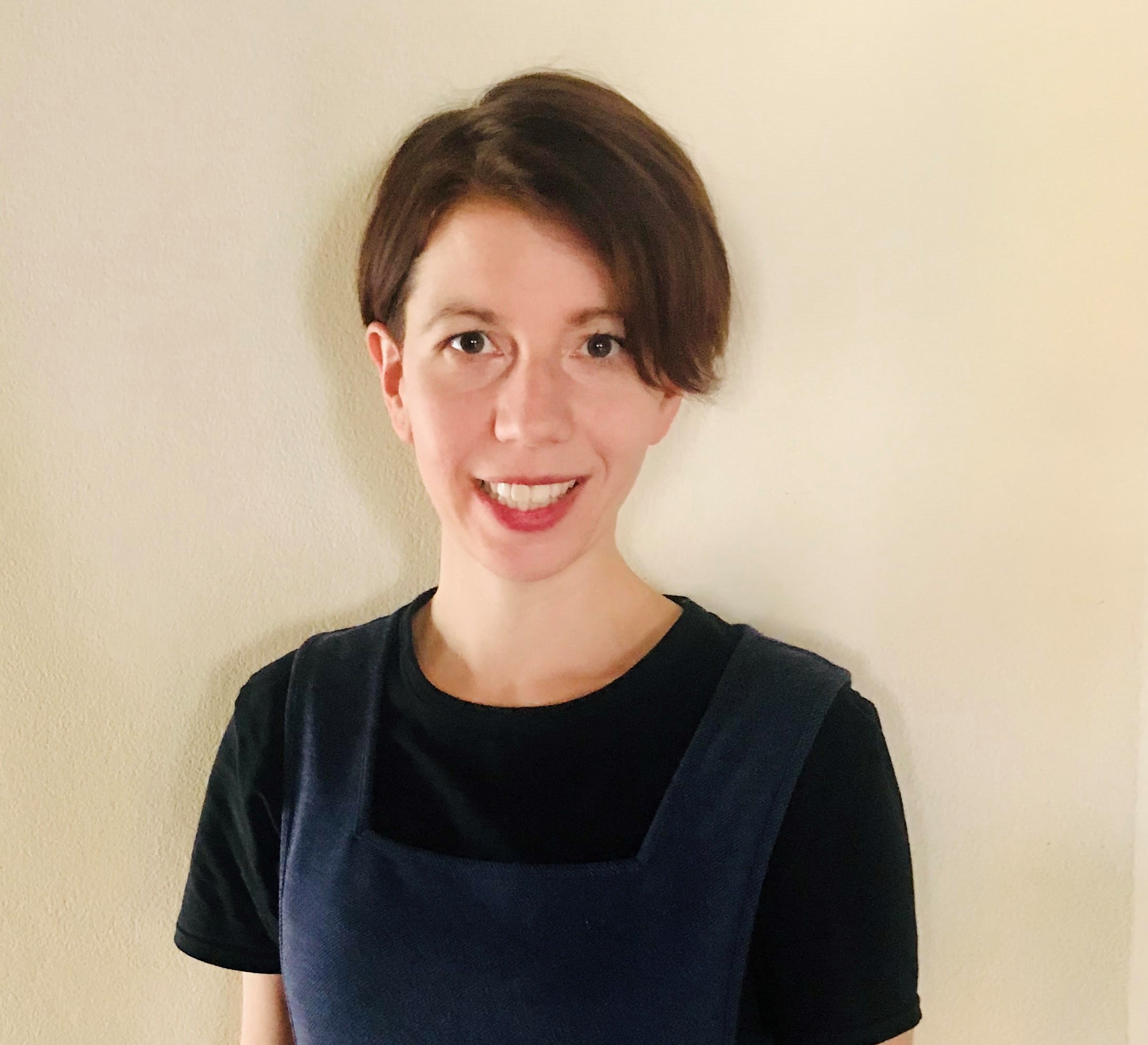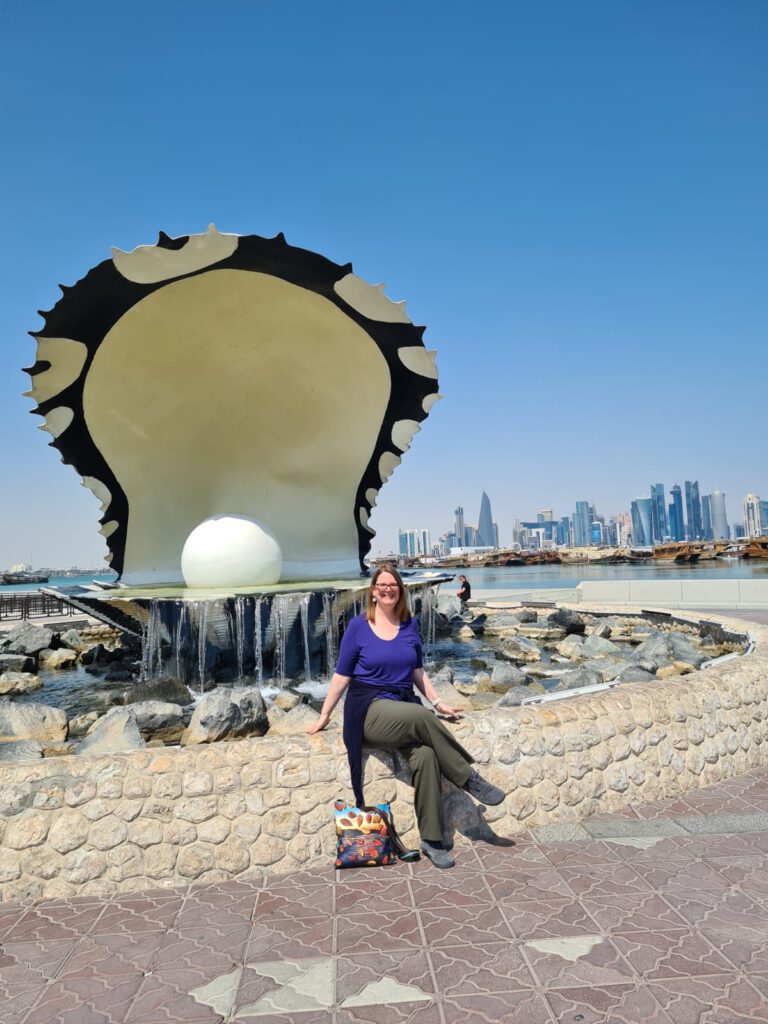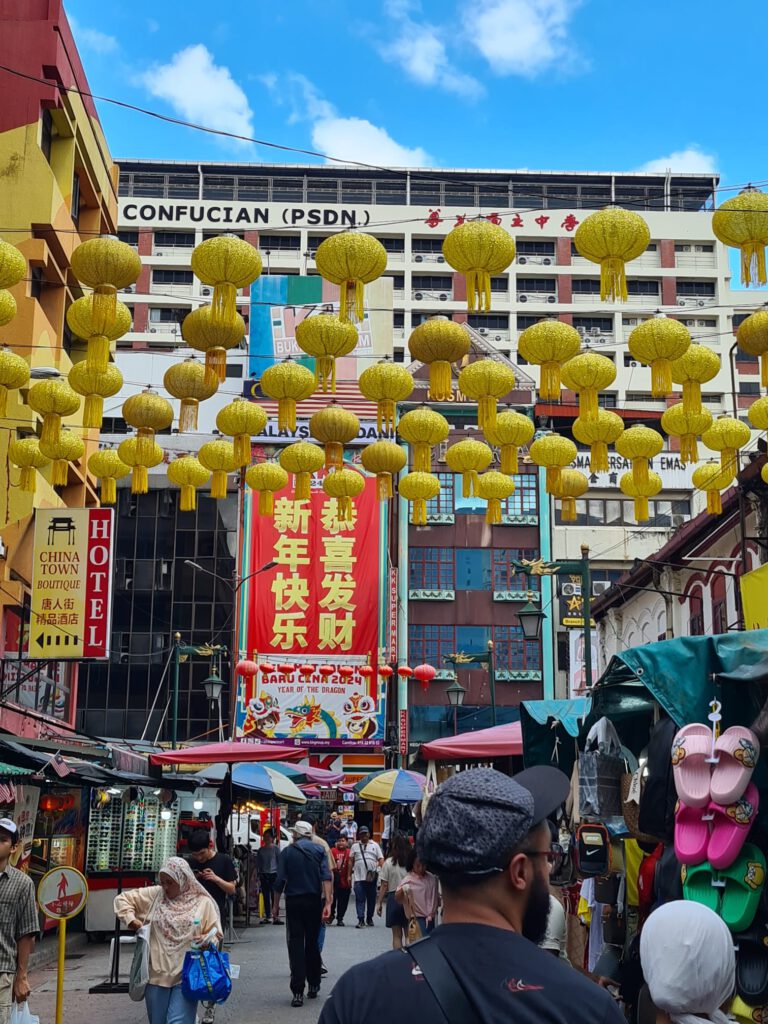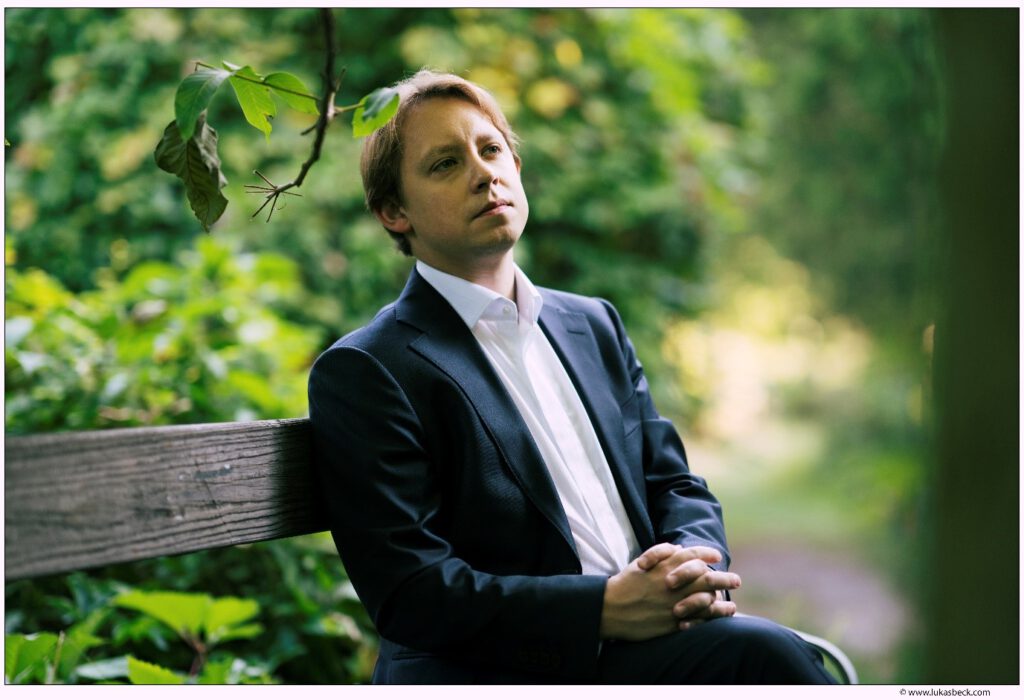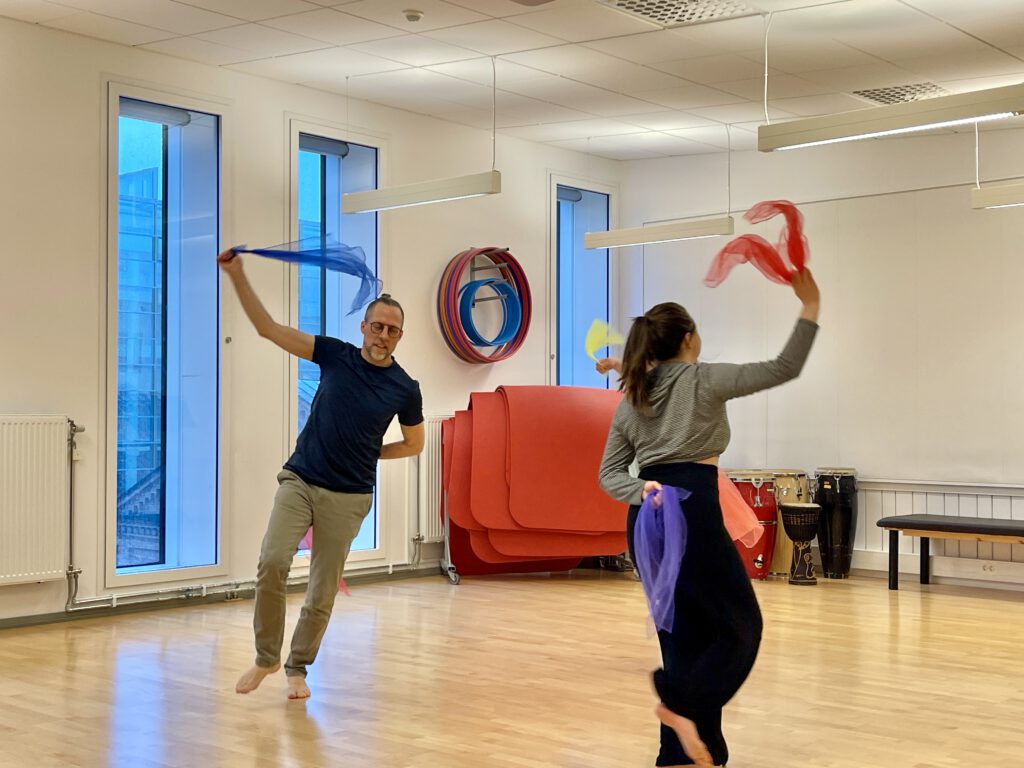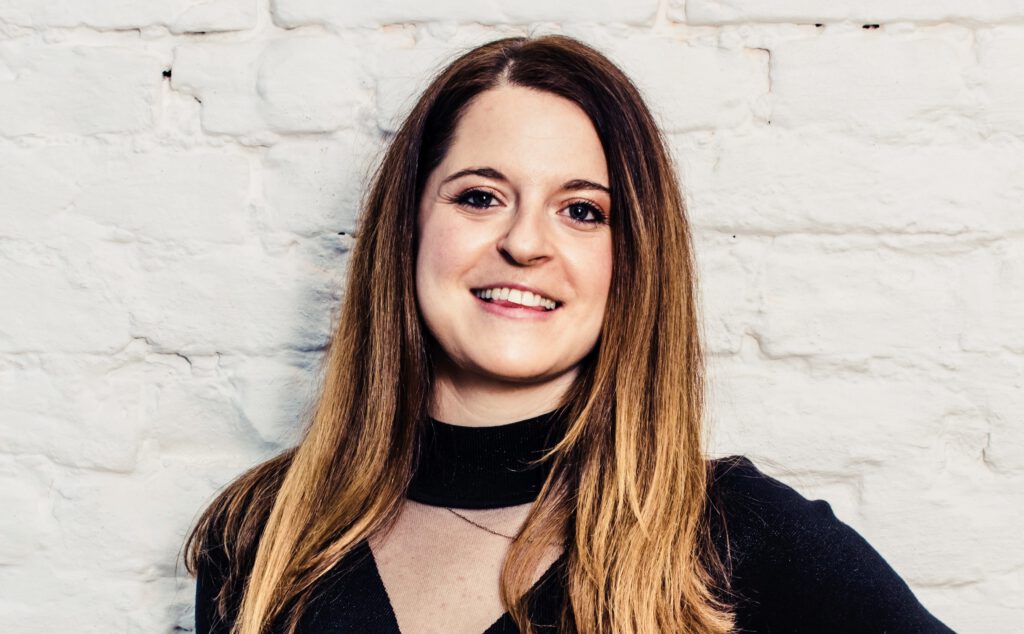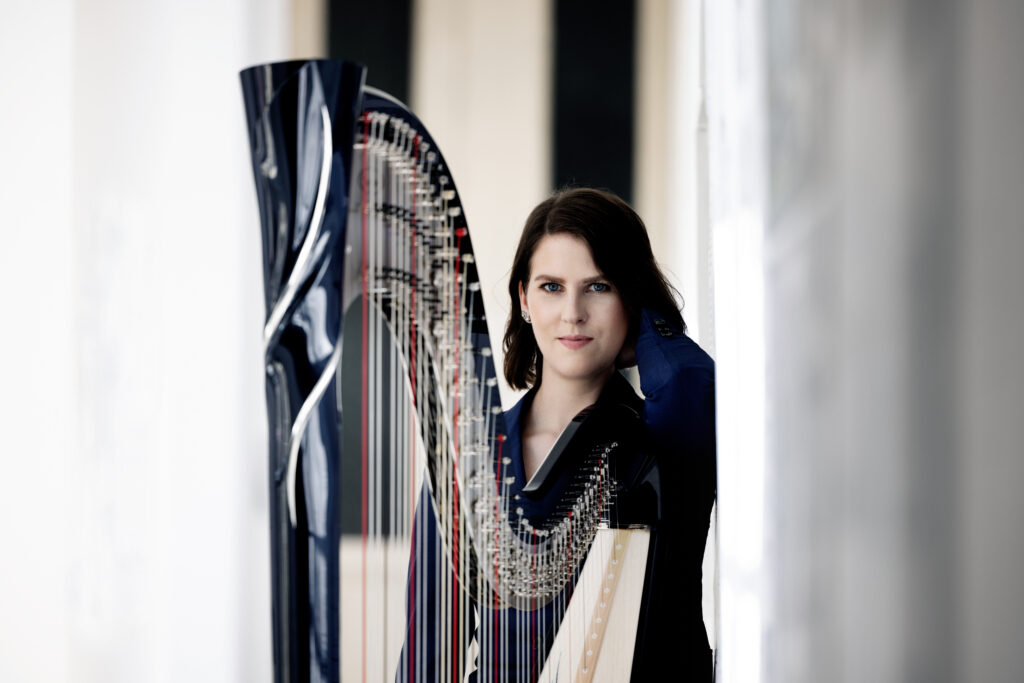Upside down
An eventful year in Copenhagen and online
The past months were a great challenge for everyone. Covid-19 caused a great deal of confusion, triggered panic, and tested our ability to act in times of a lack of planning. Schools and universities were closed, flights cancelled, classes moved online, and stays abroad cut short. Shortly after the beginning of my second semester in Denmark, I decided to return to Austria and complete the semester there online. Despite an abrupt end in Copenhagen, on which I look back sentimentally, more and more fond memories of that semester are coming back to me, and I would like to share them with you here.
Copenhagen: a city that’s “easy to live in”
I had long had the wish to spend some time in “the north”, to observe progressiveness in culture and politics, to see more equality between the sexes in everyday life, and to experience the Nordic summer.
In August 2019, my adventure began. Long, warm, sunny days in Copenhagen were a good start. I was lucky and obtained a coveted spot in a student dormitory: a tiny apartment with one room, kitchen, and bathroom in the Holmen neighbourhood, ten minutes by bike from the conservatory. My daily route took me through Freetown Christiania, away from the touristy downtown area. Freetown is an experience, particularly at places where the locals live and there is no tourism to speak of. The houses are colourful and bizarrely built, and people store many things in their gardens. It is chaotic but endearing. To be able to live in Christiania, ideally one must belong to the community and be “voted in”. Freetown Christiania is not completely “free”, as the community uses the infrastructure of the city of Copenhagen and the residents must obey the general rules. The bike ride through this colourful habitat, with its many green areas, canals, and bridges, was in any case a daily dose of inspiration. By bike, I could also be at the beach in fifteen minutes: a place that is extraordinarily beautiful both in summer and winter and for an Austrian like me a special experience. At the same time, it took me only fifteen minutes to get to Copenhagen’s quaint downtown area, with its lovely houses, boats, and harbours. As a Danish acquaintance told me: “This city is easy to live in”, which is exactly how I felt. After a month, one simply feels at home there.
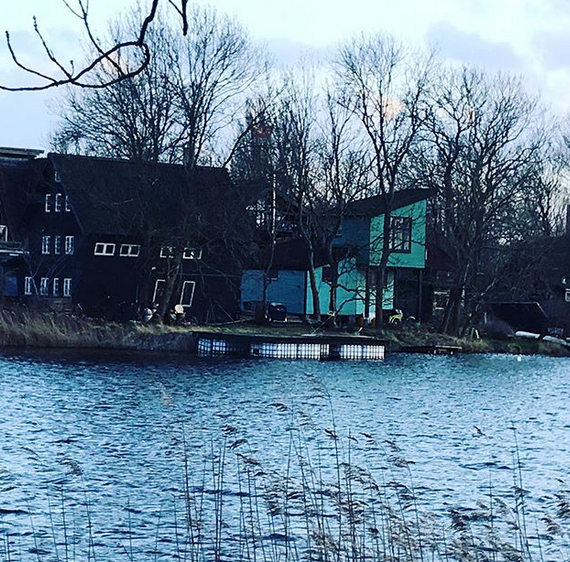
No alternative: THE BIKE
Bicycling in Vienna is not always fun, which is why I had my doubts about biking in Copenhagen as well. And not because of the cars but mostly because of the other cyclists. Nevertheless, I did rent a bike, as this seemed to simply be part of the Copenhagen experience. Bicycles go very fast in the bike lanes, but there is also plenty of space. There are no places without bike lanes or bike paths! Cyclists are good about watching out for each other and always clearly signal their intention to turn or stop, and pedestrians and drivers are careful of each other as well. Cycling in Copenhagen was a pure delight, and Vienna could learn something from this.
The conservatory and its environment
At my conservatory – the Rytmisk Musikkonservatorium – half of all master’s students are “internationals”. There were a few Erasmus students, but since most of the students were from other countries anyway, this did not make a difference. The semester began with an “introduction week”, with talks, workshops, and icebreaker sessions. There were six of us in my group, the master’s programme in music education. It was easy to start conversations with people because this conservatory is a place of openness, creativity, artistic development, and engaging with each other. The cafeteria was absolutely “the place to be”: this was where the most important conversations happened – about music, people, politics, and philosophy. During the semester, informal meetings became less frequent and people spent more time making music alone in their rehearsal rooms, but the cafeteria remained the meeting place. At the conservatory, there were about 20–30 practice rooms that were accessible to all students 24/7. On online booking system made it possible to reserve a room, which could be opened with a card. Most of the rooms had a grand piano, an electric piano, drums, a PA system, and a producing corner. A dream-come-true.

The structure of the classes was much different than in Vienna, with much more independence, much more independent study time, and fewer lectures.
The education system
Generally, the “Scandinavian” education system – from primary school to the university – is structured in a rather informal manner: there is less hierarchy and the students assume more responsibility. Teachers act more as coaches rather than “teaching” things to the students. As I was in Copenhagen as part of my music education studies and worked with Danish schools as part of my master’s thesis, I observed a number of things that were different than in Austria, particularly with regard to relationships, communication, and the independence and self-reliance of students. It was also interesting to see that the classrooms were arranged primarily with group work in mind and were less oriented toward teacher-centred instruction. There was a clear focus on making space for independent, creative, and autonomous work and learning.
Winter
After the wonderfully long summer days, winter came very quickly. After a pleasant September, in October the weather abruptly changed to the typically Danish rainy weather. But what I learned was: “There is no bad weather, just bad clothing”. Pullover cycling trousers are a must, as it can suddenly begin to rain at any time. The days also grew shorter and the skies usually remained grey.
The Danish word “hyggelig” means “gemütlich” or cosy, and this is the attitude towards life taken by the Danes, particularly in the autumn and winter, when the entire city lights up – there are lanterns and candles in every home, and the light gives the city a warm and friendly atmosphere. On top of this, the mood can be improved with sugar in the form of magnificent but filling Danish biscuits: including marzipan cookies, chocolate rolls, and cream-filled puff-pastry. Cream is used in everything in Danish cuisine. One very good example of a dish heavy on cream/whipped cream – called “fløde” in Danish – is the “fastelavnsbolle”, a doughnut filled with massive amounts of cream. The “bolle” is made with various kinds of cream, and I had to sample all of them, of course. I put on a few additional kilos in the course of the Danish winter but also experienced many lovely and “hyggelig” moments.

So, for anyone who is interested in a very warm-hearted and cosmopolitan city offering a great deal of nature in the form of beaches and parks, who enjoys cycling around the town, likes speaking English, doesn’t have a problem with rain, has an affinity for an urbane and open arts scene and has put some money aside (yes, Denmark is expensive), I can wholeheartedly recommend Copenhagen.
I’m looking forward to returning to Copenhagen as soon as travel is convenient again, to seeing my friends and to showing my appreciation to the city in a fitting manner.
Are you a mdw student and interested in spending a semester or year at one of our partner institutions?

